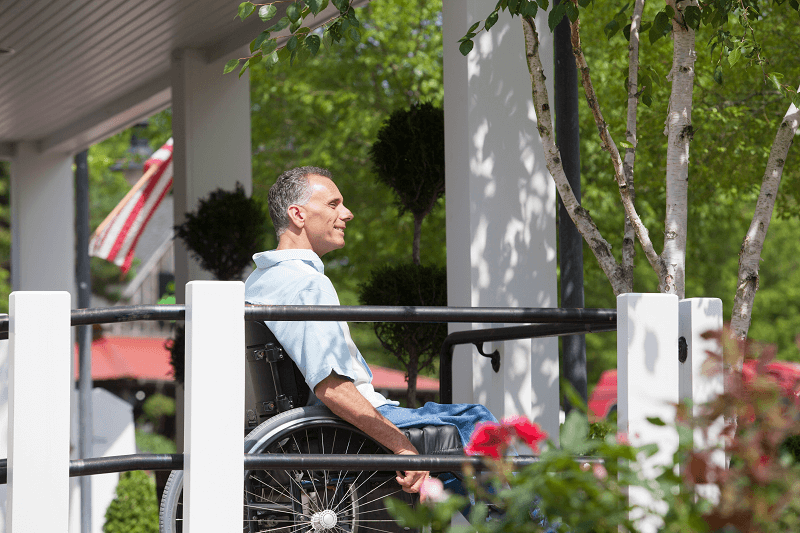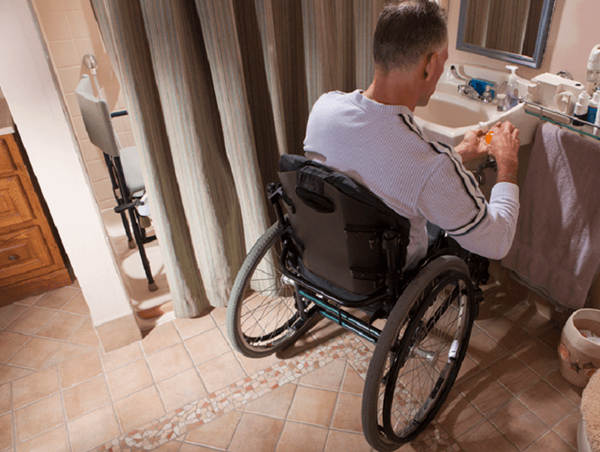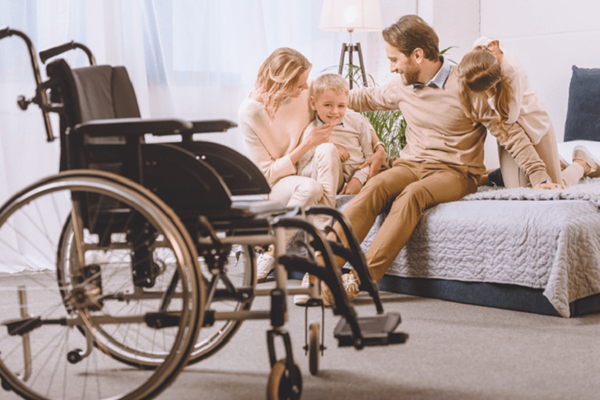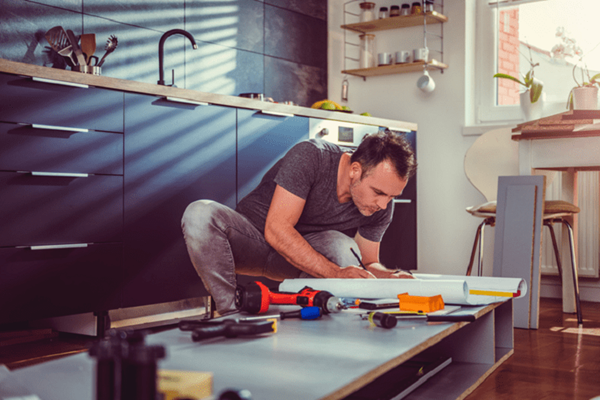Home Modifications

You may not think about moving around safely and easily in your home — until you have a stroke.
Up to 70% of stroke survivors fall during the first six months after discharge from a hospital or rehabilitation facility. Also, 30% to 80% of stroke survivors report various levels of fear associated with falling and mobility.
The good news is you can take steps to make your home safer.
First, find out where you stand with a home safety evaluation, which a social worker can do. This will include reviewing your needs and determining the home modifications that will help meet them. A case manager will work with you and your caregivers to purchase and install any necessary equipment. This could include assistive devices, ramps and grab bars.
An evaluation of your home will:
- Assess your needs, preferences and abilities as well as the existing features of your home.
- Consider how your stroke has affected your abilities and other health conditions to identify modifications that will work now and in the future.
- Ask about your routine and habits.
- Consider the needs of the whole family.
- Work with a contractor to ensure that the modifications fit your needs and those of the whole family.
- Follow up once the modifications are complete to ensure that they’re working for you.
Guidance for Modifying Your Home
The Bathroom

Few bathroom modifications can significantly reduce the difficulty, effort or risk associated with personal care activities. Although many modifications are possible, at various levels of complexity, it is rarely necessary to do a major remodel.
The Bedroom

The bedroom may also pose challenges. Many low- to no-cost modifications can make the room more user friendly. Use these tips to modify the room to match your abilities.
The Kitchen

If you enjoy cooking, the kitchen may involve higher expenses for your independence, functionality and safety.
Managing Your Stroke
